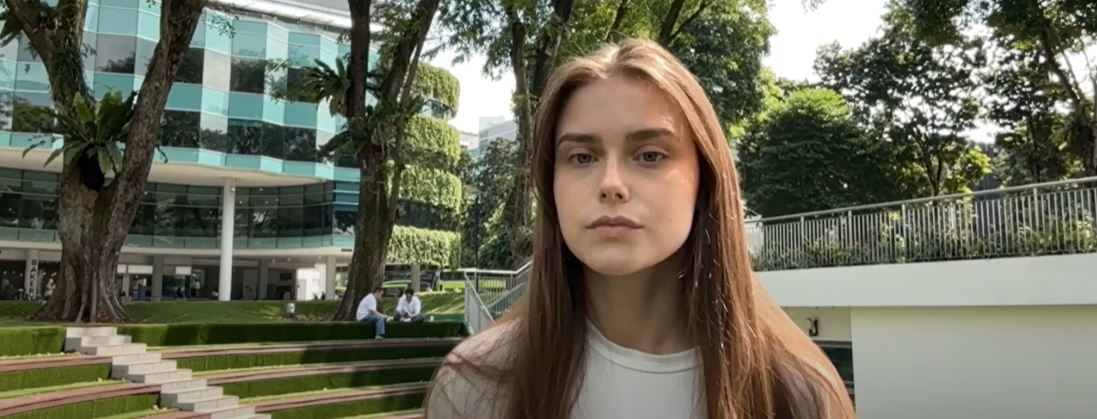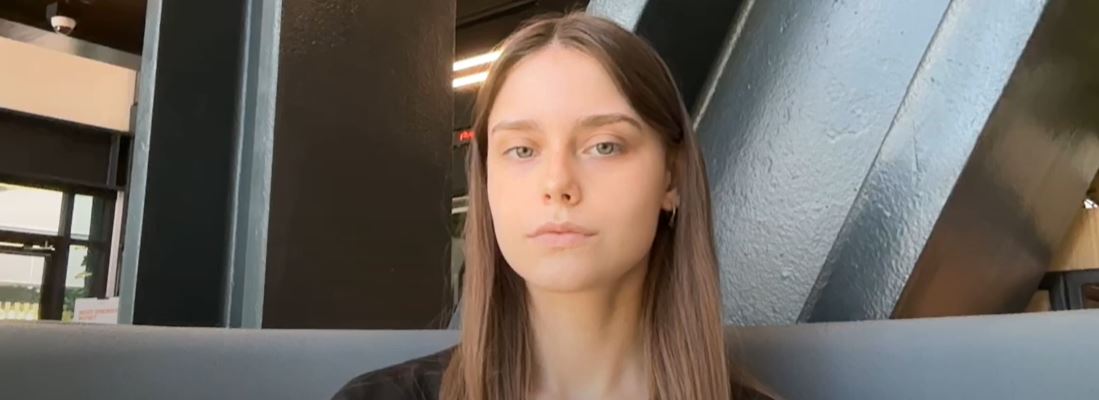Studying in the heart of Digital Asia: mobility at Singapore Management University through the eyes of an HSE GSB student
Milana Obukhova, a third-year student of the Bachelor's program "Digital Product Management", shares her experience of participating in an academic mobility program in Singapore. Why Asia, what studying at SMU is like, where to live and what to eat in Singapore — all this and more in her story.

Why Singapore?
My mobility to Singapore was already my second — I had previously studied in Italy. It was important for me to compare what it’s like to live and study in both Europe and Asia. Singapore turned out to be the perfect choice: it’s the largest tech-driven business hub in Asia, with excellent infrastructure and a high standard of living.
I chose Singapore specifically because everything here is adapted for international students: English is an official language, the country is very safe, and there’s a sizable Russian-speaking community, especially in the business district. As someone once said: “Russia’s borders never really end.” Thanks to all this, adapting to life in Singapore was smooth and comfortable.
Studying at Singapore Management University
From the very first days, the university was very supportive of exchange students. A visa center helped with paperwork and even visited the campus to assist us. During the first week, we had Orientation Day: we met other exchange students, learned about university and national regulations, and took part in a city-wide game-based tour.
Before classes began, we had time to choose our courses. I talked more about that process in my video report.
The academic workload was manageable: one class per week, each lasting 3.5 hours. The structure was familiar, much like at HSE, but with a few differences. For example, the middle of the term included a recession week — a week without classes meant for launching group projects. A similar week takes place before the final exams.
One of the most distinctive features of studying at SMU is its practical orientation. Almost every course involves constant case analysis. The most exciting experiences came from SMU-X courses, where we worked on real-life business cases. Company representatives conducted kickoff meetings, guided us through the project, and evaluated our final presentations.
Life in Singapore
Singapore is a compact yet incredibly vibrant city. Despite being a major port, it’s clean and green: the number of cars is limited, strict environmental regulations are in place, and industrial zones are relocated to artificial islands outside the city.
Living in Singapore is expensive — but worth it. The biggest challenge is finding housing: the university does not provide accommodation, and good apartments near the center are hard to find. I recommend the agency Assembly Place — they made the process much easier.
When it came to food, it took some time to adjust, but thanks to the international population, it’s easy to find any cuisine — from Italian to Mexican. If you’re a fan of Asian cuisine, be sure to check out the Hawker Centre — think of it as the Singaporean version of Moscow’s “Depo,” but with local food. My personal favorites: Hellu Coffee (great coffee and waffles) and Tamoya Udon & Tempura (amazing ramen!).
Singapore is also perfectly located for travel — Malaysia, Indonesia, and Thailand are just a short trip away. If you're feeling adventurous, Japan and even Australia are within reach (though flights take 7–8 hours). For payments outside Singapore, it’s best to have a foreign bank card — I recommend the Belarusian Alfa-Bank, the Kazakh Freedom Finance, or, after arriving, Singapore’s own Revolut (available with a local visa).
Impressions of the Trip
This mobility program was one of the brightest experiences of my life. I’ll always remember it with warmth and gratitude. Even if you're not going just for the academics, the new impressions alone make it absolutely worth it.
As someone once said: “Travel. It’s still worth it.”
Impressions on studying in SMU. Part 1
 Video: Milana Obukhova
Video: Milana ObukhovaImpressions on studying in SMU. Part 2
 Video: Milana Obukhova
Video: Milana ObukhovaImpressions on studying in SMU. Part 3
 Video: Milana Obukhova
Video: Milana Obukhova